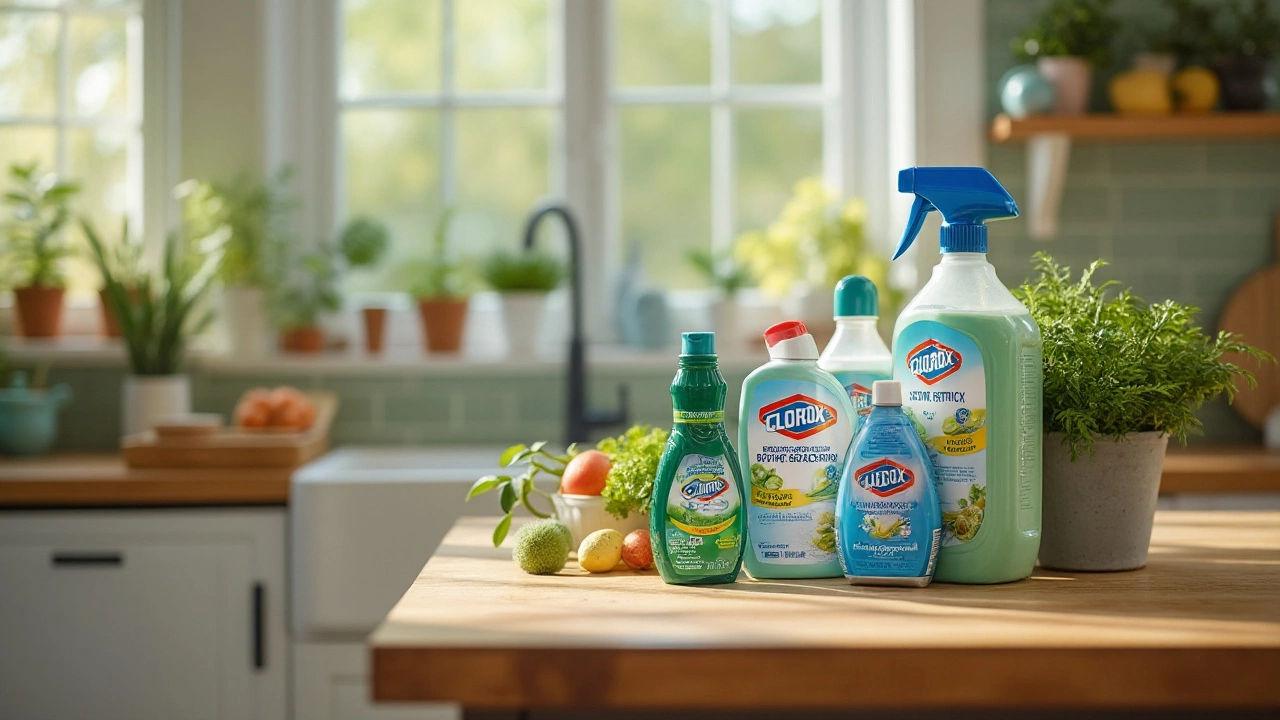Clorox Cleaning Tips & Tricks for a Fresh Home
If you’re looking for a powerful yet easy way to disinfect, Clorox is probably the first brand that comes to mind. It cuts germs, removes stains, and leaves surfaces sparkling – but only when you use it the right way. Below you’ll find simple, down‑to‑earth advice that fits into any busy schedule.
When to Use Clorox for Home Cleaning
Clorox shines in high‑traffic areas where germs love to hide. Think kitchen counters, bathroom sinks, and doorknobs. A diluted solution (one part bleach to nine parts water) wipes out most bacteria without eating away at the finish. For tough stains on white fabrics, a short soak in the same mix can bring back brightness.
If you have kids or pets, limit Clorox to hard, non‑porous surfaces. Soft fabrics, unfinished wood, or painted walls can get damaged or discoloured. In those spots, a milder cleaner or a natural option like vinegar works just fine.
Safe Ways to Use Clorox Without Damage
Safety starts with ventilation. Open windows or run a fan while you work – bleach fumes can irritate eyes and lungs. Always wear gloves; even diluted bleach can sting skin after a while.Measure carefully. Too much bleach not only creates a strong smell but also increases the risk of corrosion on metal fixtures. A simple kitchen measuring cup does the trick.
Never mix Clorox with ammonia or other cleaners. The chemical reaction releases toxic gas that can make anyone feel sick. Keep Clorox in its original container, labeled clearly, and out of reach of children.
After cleaning, let the surface air‑dry. The contact time needed to kill germs is usually about five minutes. If you’re in a rush, wipe with a clean cloth after that period – the surface will stay disinfected for hours.
For stubborn mildew in the bathroom, spray the diluted solution directly onto tiles, let it sit, then scrub with a non‑scratch brush. Rinse well and you’ll see the mildew disappear without harsh chemicals.
When it comes to cleaning outdoor items like garden tools or plastic furniture, a quick dip in a bucket of diluted Clorox can remove sap and grime. Rinse thoroughly to avoid any bleach residue that could harm plants.
Remember, a little goes a long way. Using the right amount saves money, protects your home’s finish, and keeps your family safe. Keep these tips handy, and you’ll get the most out of your Clorox bottle every time.

Evaluating the Eco-Friendliness of Clorox: A Comprehensive Guide
As more consumers seek sustainable options in their daily lives, Clorox, a well-known brand in cleaning products, becomes a subject of interest regarding its environmental impact. This article delves into whether Clorox products meet the standards of eco-friendliness by examining their ingredients, environmental policies, and eco-certified product ranges. Readers will also find insights into how Clorox compares to other brands in maintaining sustainability. Tips for adopting more eco-friendly cleaning habits are included too.
Read More